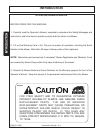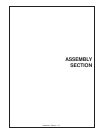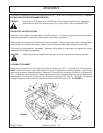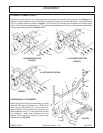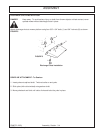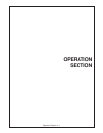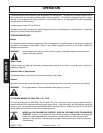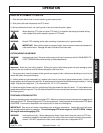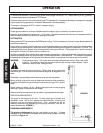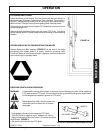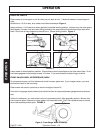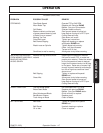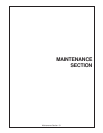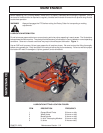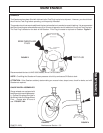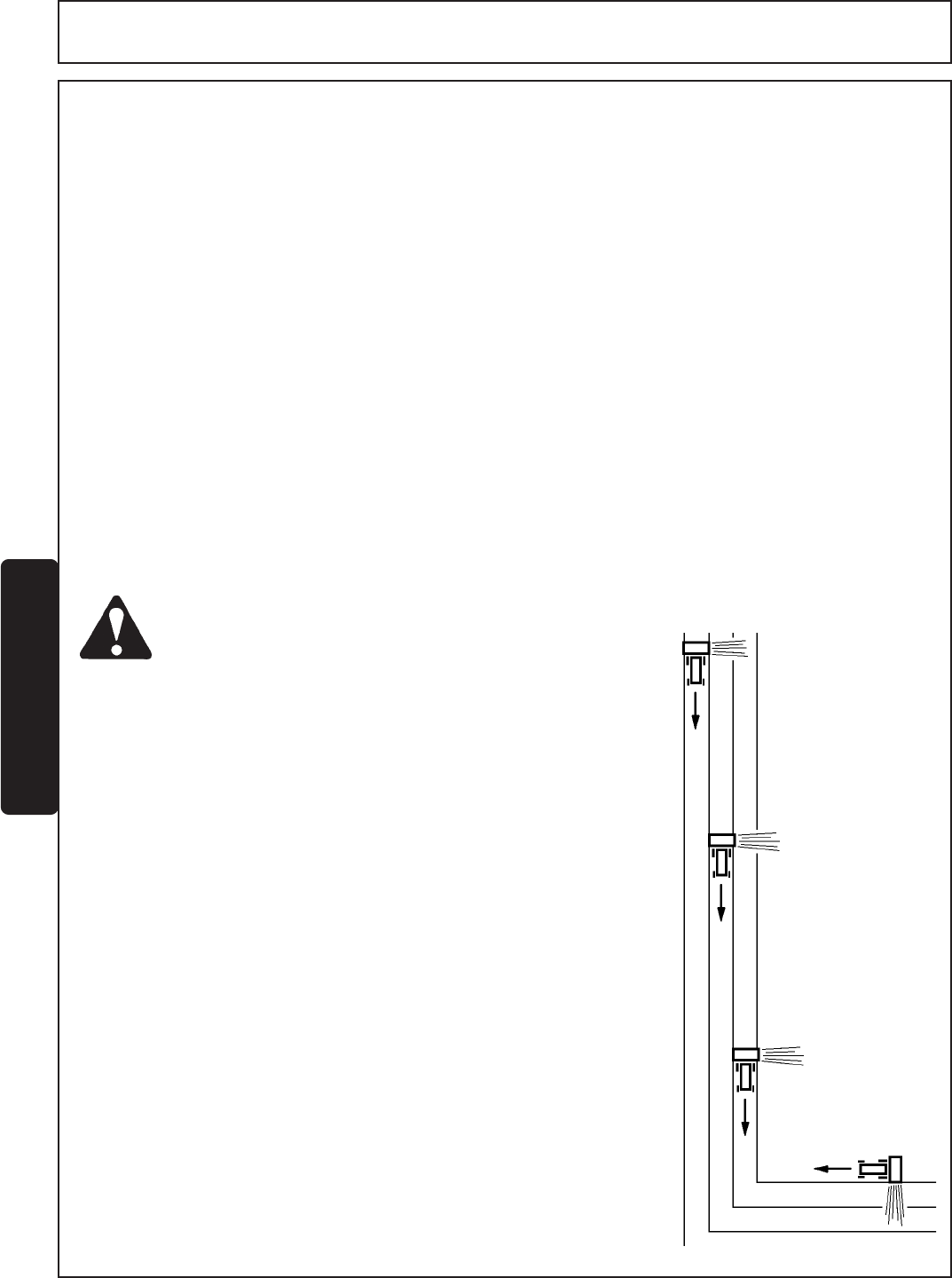
Operation Section 4-4FM6072 08/01
© 2004 Alamo Group Inc.
OPERATION
OPERATION
To commence operation, reduce engine speed and engage the tractor PTO. Before starting to cut, gradually
increase engine speed to develop full PTO speed.
Enter the area to cut with the cutter operating at PTO speed and, if it becomes necessary to temporarily regulate
engine speed during operations, increase or decrease the throttle gradually.
To transport, disengage the PTO, raise full transport height.
CUTTING SPEED
Proper ground speed for cutting will depend upon the height, type, and density of material to be cut.
Normally, ground speed will range from 1-1/2 to 3 mph. Tall dense material should be cut at low speed while thin
medium height material can be cut at a faster ground speed.
CUTTING TIPS
Always operate PTO at recommended RPM when cutting. This is necessary to maintain proper blade speed and
to produce a clean cut.
Under certain conditions, tractor tires may roll some grasses down and prevent them from being cut at the same
height as the surrounding area. When this occurs, reduce the tractor ground speed, but maintain PTO RPM. The
lower speed will permit grasses to be at least partially rebound and be cut. Taking a partial cut and/or reversing
the direction of travel may also produce a cleaner cut.
As often as possible, stop mowing when other people are passing by. Although the Mower is shielded to prevent
objects from being thrown out by the blades, no one shield device is 100% effective. The operator has greater
knowledge of the dangers of being around this Mower while it is operational than the person on the street.
WARNING Avoid personal injury. Pick up all rocks and other debris before cutting. Enter new areas
carefully. Cut material higher the first time to allow cutter to clear unseen objects. Never
assume an area is clear. Always check.
Extremely tall grass should be cut twice. Raise cutter and cut twice the
desired height. Cut the second time at desired height at 90 degrees to first
pass.
Remember, sharp blades produce cleaner cuts and use less power.
Before cutting, analyze the area to determine the best cutting procedure.
Consider the height and type of material and the terrain type: hilly, level or
rough.
Grass is best cut when it is dry. Mowing wet grass can cause plugging
resulting in grass clumps behind the mower.
Grass should be mowed frequently as shorter clippings deteriorate faster.
SIDE DISCHARGE MODELS
The grass is discharged to the left. To keep clippings off streets and
sidewalks, mow two to four passes counterclockwise, throwing the
clippings into the unmowed grass area. Then, complete the job by
mowing clockwise and spreading the clippings uniformly over the al-
ready-mowed area. FIGURE 1.
REAR DISCHARGE MODELS
The grass is discharged to the rear and slightly to the right. To keep
clippings off to streets and sidewalks mow two to three passes clockwise
as shown in Figure 1A.
FIGURE 1



